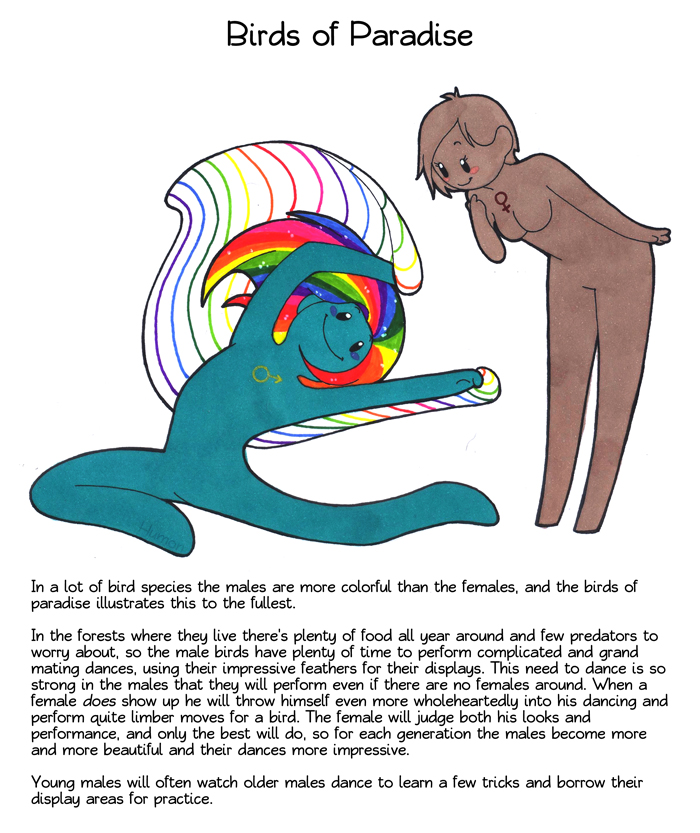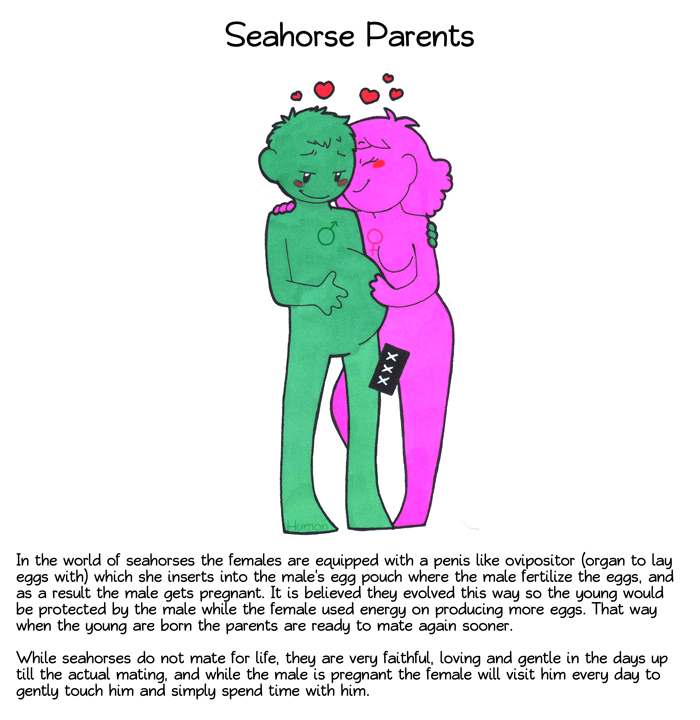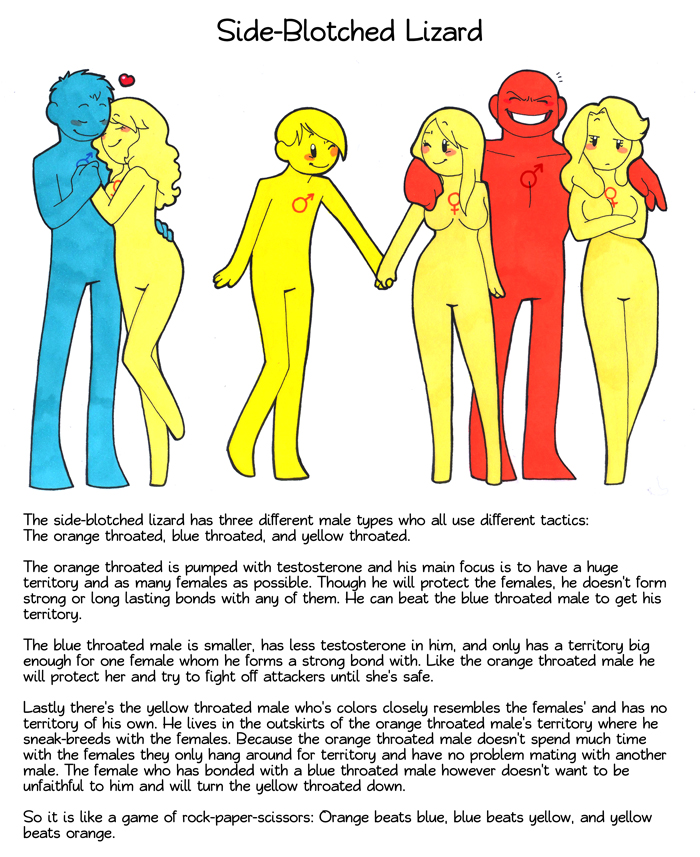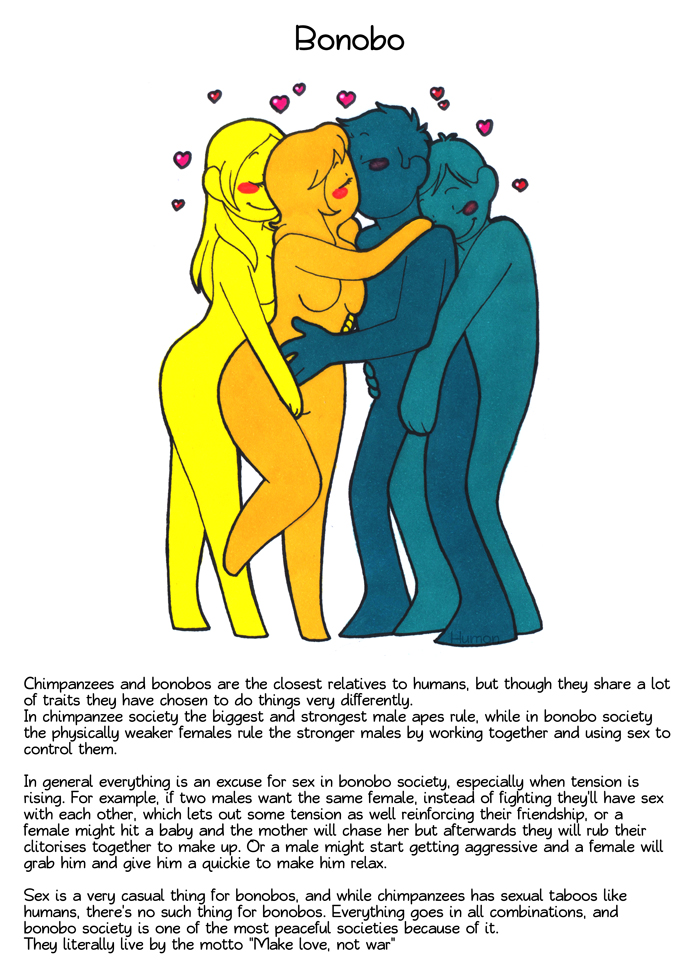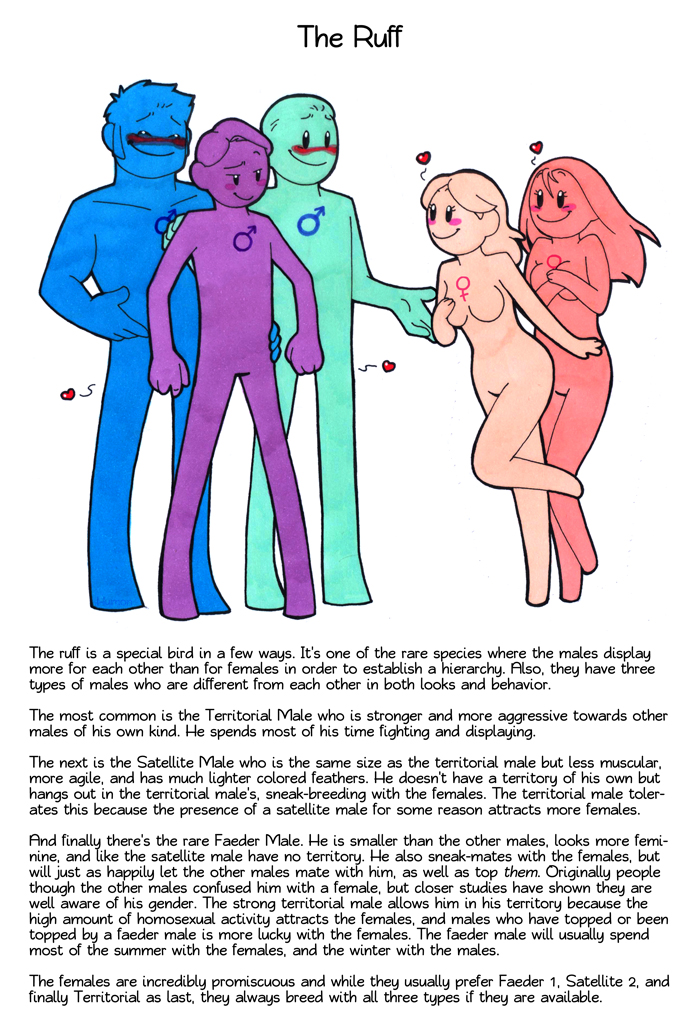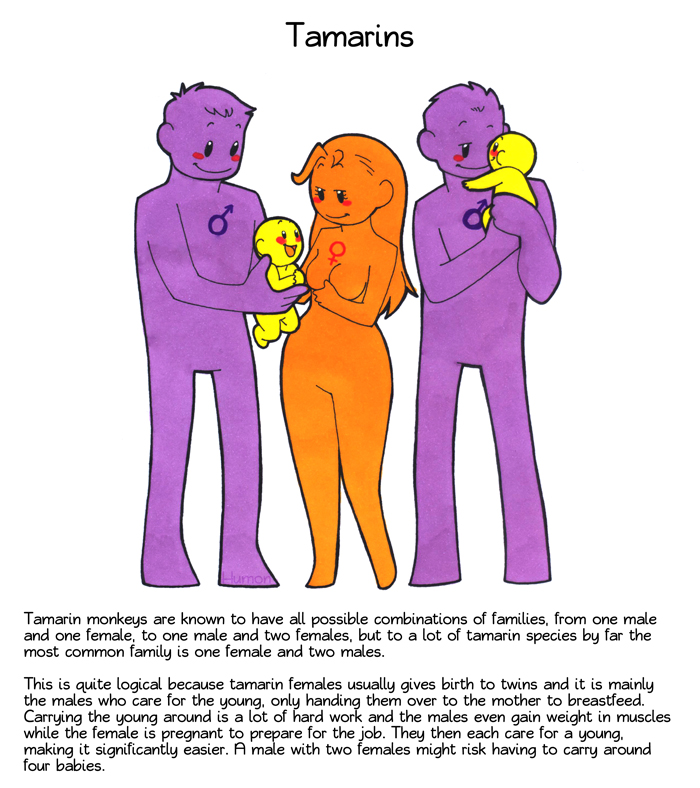It's wonderful to see someone making
such clear and strong arguments in favor of full marriage equality, given most of the media's attitude towards it.
The question presents itself: Where does the next advance
come? The
answer is going to make nearly everyone uncomfortable: Now that we’ve
defined that love and devotion and family isn’t driven by gender alone,
why should it be limited to just two individuals? The most natural
advance next for marriage lies in legalized polygamy—yet many of the
same people who pressed for marriage equality for gay couples oppose it.
[...] Yet the moral reasoning behind society’s rejection of polygamy
remains just as uncomfortable and legally weak as same-sex marriage
opposition was until recently.
That’s one reason why progressives
who reject the case for legal polygamy often don’t really appear to
have their hearts in it. They seem uncomfortable voicing their
objections, clearly unused to being in the position of rejecting the
appeals of those who would codify non-traditional relationships in law.
[...] They’re
trapped, I suspect, in prior opposition that they voiced from a
standpoint of political pragmatism in order to advance the cause of gay
marriage.
In doing so, they do real harm to real people. Marriage
is not just a formal codification of informal relationships. It’s also a
defensive system designed to protect the interests of people whose
material, economic and emotional security depends on the marriage in
question. If my liberal friends recognize the legitimacy of free people
who choose to form romantic partnerships with multiple partners, how can
they deny them the right to the legal protections marriage affords?
Polyamory is a fact. People
are living in group relationships today. The question is not whether
they will continue on in those relationships. The question is whether we
will grant to them the same basic recognition we grant to other adults:
that love makes marriage, and that the right to marry is exactly that, a
right.
[...] The marriage equality movement has been both the best and worst thing
that could happen for legally sanctioned polygamy. The best, because
that movement has required a sustained and effective assault on
“traditional marriage” arguments that reflected no particular point of
view other than that marriage should stay the same because it’s always
been the same. In particular, the notion that procreation and
child-rearing are the natural justification for marriage has been dealt a
terminal injury. [...] And rightly so.
But the marriage equality movement has been curiously hostile to
polygamy, and for a particularly unsatisfying reason: short-term
political need. Many conservative opponents of marriage equality have
made the slippery slope argument, insisting that same-sex marriages
would lead inevitably to further redefinition of what marriage is and
means. See, for example, Rick Santorum’s infamous “man on dog” comments,
in which he equated the desire of two adult men or women to be married
with bestiality. Polygamy has frequently been a part of these slippery
slope arguments. Typical of such arguments, the reasons why marriage
between more than two partners would be destructive were taken as a
given. Many proponents of marriage equality, I’m sorry to say, went
along with this evidence-free indictment of polygamous matrimony. They
choose to side-step the issue by insisting that gay marriage wouldn’t
lead to polygamy. That legally sanctioned polygamy was a fate worth
fearing went without saying.
[...] Many argue that polygamous marriages are typically sites of abuse,
inequality in power and coercion. Some refer to sociological research
showing a host of ills that are associated with polygamous family
structures. These claims are both true and beside the point. Yes, it’s
true that many polygamous marriages come from patriarchal systems,
typically employing a “hub and spokes” model where one husband has
several wives who are not married to each other. These marriages are
often of the husband-as-boss variety, and we have good reason to suspect
that such models have higher rates of abuse, both physical and
emotional, and coercion. But this is a classic case of blaming a social
problem on its trappings rather than on its actual origins.
After all, traditional marriages often foster abuse.
Traditional marriages are frequently patriarchal. Traditional marriages
often feature ugly gender and power dynamics. Indeed, many would argue
that marriage’s origins stem from a desire to formalize patriarchal
structures within the family in the first place. We’ve pursued marriage
equality at the same time as we’ve pursued more equitable, more feminist
heterosexual marriages, out of a conviction that the franchise is worth
improving, worth saving. If we’re going to ban marriages because some
are sites of sexism and abuse, then we’d have to start with the old
fashioned one-husband-and-one-wife model.
[...] Most dispiriting, and least convincing, are those arguments that simply
reconstitute the slippery slope arguments that have been used for so
long against same sex marriage. “If we allow group marriage,” the
thinking seems to go, “why wouldn’t marriage with animals or children
come next?” The difference is, of course, consent. In recent years, a
progressive and enlightened movement has worked to insist that consent
is the measure of all things in sexual and romantic practice: as long as
all involved in any particular sexual or romantic relationship are
consenting adults, everything is permissible; if any individual does not
give free and informed consent, no sexual or romantic engagement can be
condoned.
[...] Progressives have always flattered themselves that time is on their
side, that their preferences are in keeping with the arc of history. [...] I think it’s time to
turn the question back on them: given what you know about the
advancement of human rights, are you sure your opposition to group
marriage won’t sound as anachronistic as opposition to gay marriage
sounds to you now? And since we have insisted that there is no
legitimate way to oppose gay marriage and respect gay love, how can you
oppose group marriage and respect group love?
I suspect that
many progressives would recognize, when pushed in this way, that the
case against polygamy is incredibly flimsy, almost entirely lacking in
rational basis and animated by purely irrational fears and prejudice.
What we’re left with is an unsatisfying patchwork of unconvincing
arguments and bad ideas, ones embraced for short-term convenience at
long-term cost. We must insist that rights cannot be dismissed out of
short-term interests of logistics and political pragmatism. The course
then, is clear: to look beyond political convenience and conservative
intransigence, and begin to make the case for extending legal marriage
rights to more loving and committed adults. It’s time.
The bolded passages are especially important. So many of people’s
complaints/conscerns about full marriage equality are actually about
sexism and male domination. They look at patriarchal cultures and assume
that that’s how it has to work here. Yes with gender equality, their
arguments are rendered absurd.
Centennial Park is a great example. What makes them different from other Fundamentalist Mormons? The prerogative is on the
woman
to choose her husband. They’re still a patriarchal, heterosexist
community, where political and religious authority is held by men, but
that one simple change has made them significantly different from other
Fundamentalist Mormon communities.
Now imagine how much better
those relationships could be if they were secular, queer, and completely
gender-equal in social roles and economic power?
That’s what
we’re arguing for, not just Mormon or Islamic polygyny. We want a
secular system of marriage based on gender equality, and that includes
the numbers and genders of partners. If gender equality weren’t a
possibility, then I wouldn’t argue for full marriage equality at all, or
anything like it. I’d pack up my blog and leave. But I do think it’s
possible, and that’s why it’s worth fighting for.
